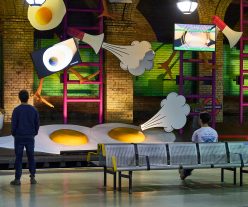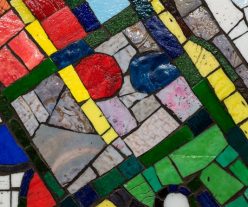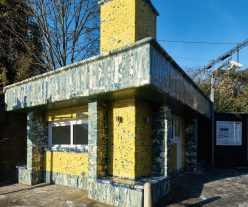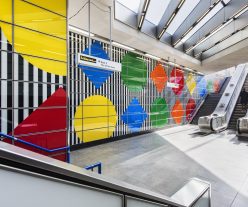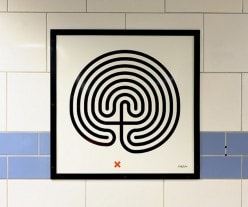
Brixton Schools Mural Design Project
From 2018-20 Art on the Underground has commissioned contemporary artists to create new artworks in response to the Brixton murals. These works explore commemoration, collective memory and the wider history of mural making, and will be on display at the Brixton Underground station entrance.
As part of this programme Art on the Underground has worked with artist Meera Chauda and six local primary schools to create artworks inspired by the Brixton murals. Each school has designed their own artwork, using drawing and collage, in response to the themes in the original murals. The schools visited specific murals which influenced them to think about what they wanted to celebrate and commemorate about their local area. The designs on display show the pupils’ responses, they are created from tessellated shapes, reminiscent of the London Underground tiles, which reflect each school’s symbol and colours.

